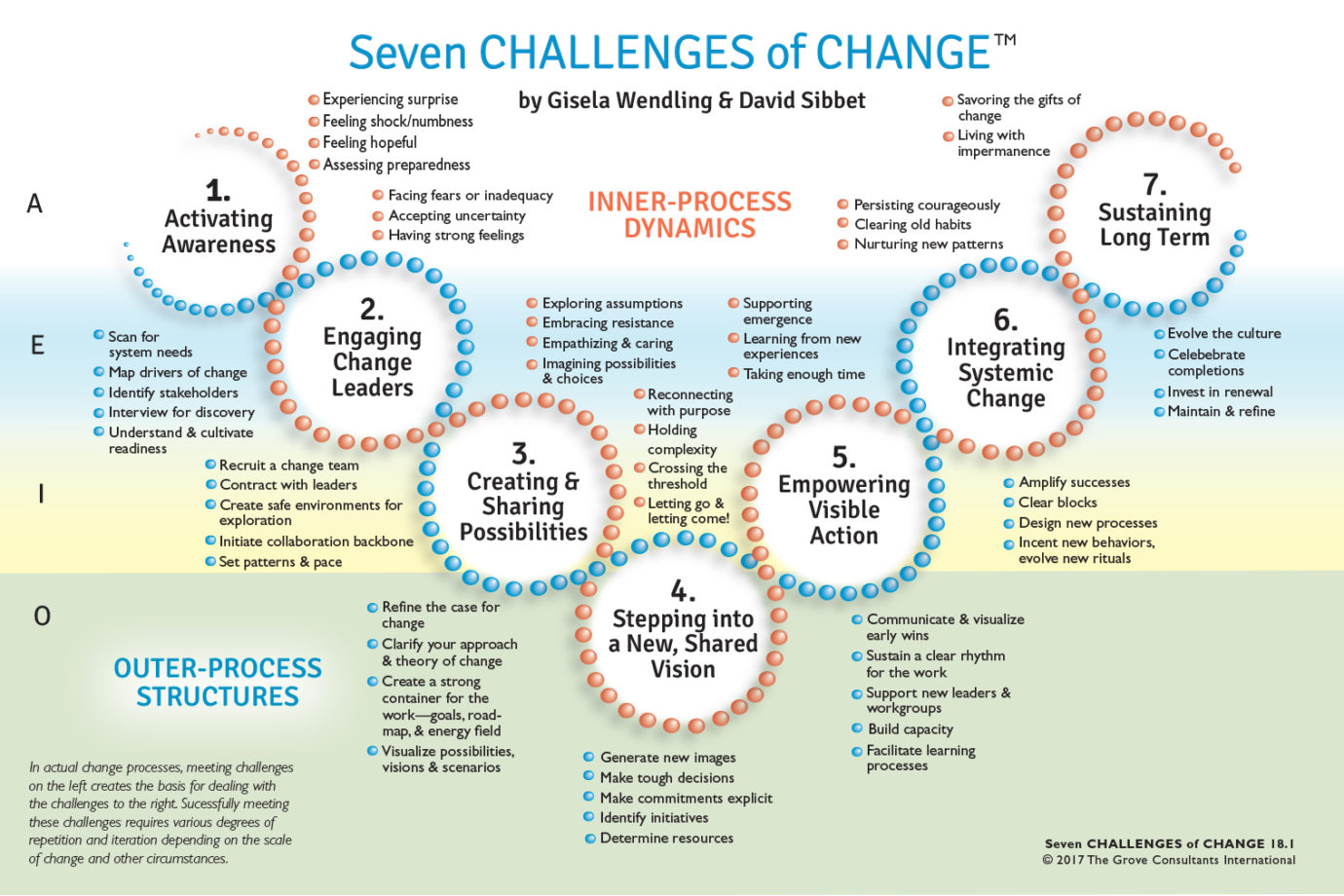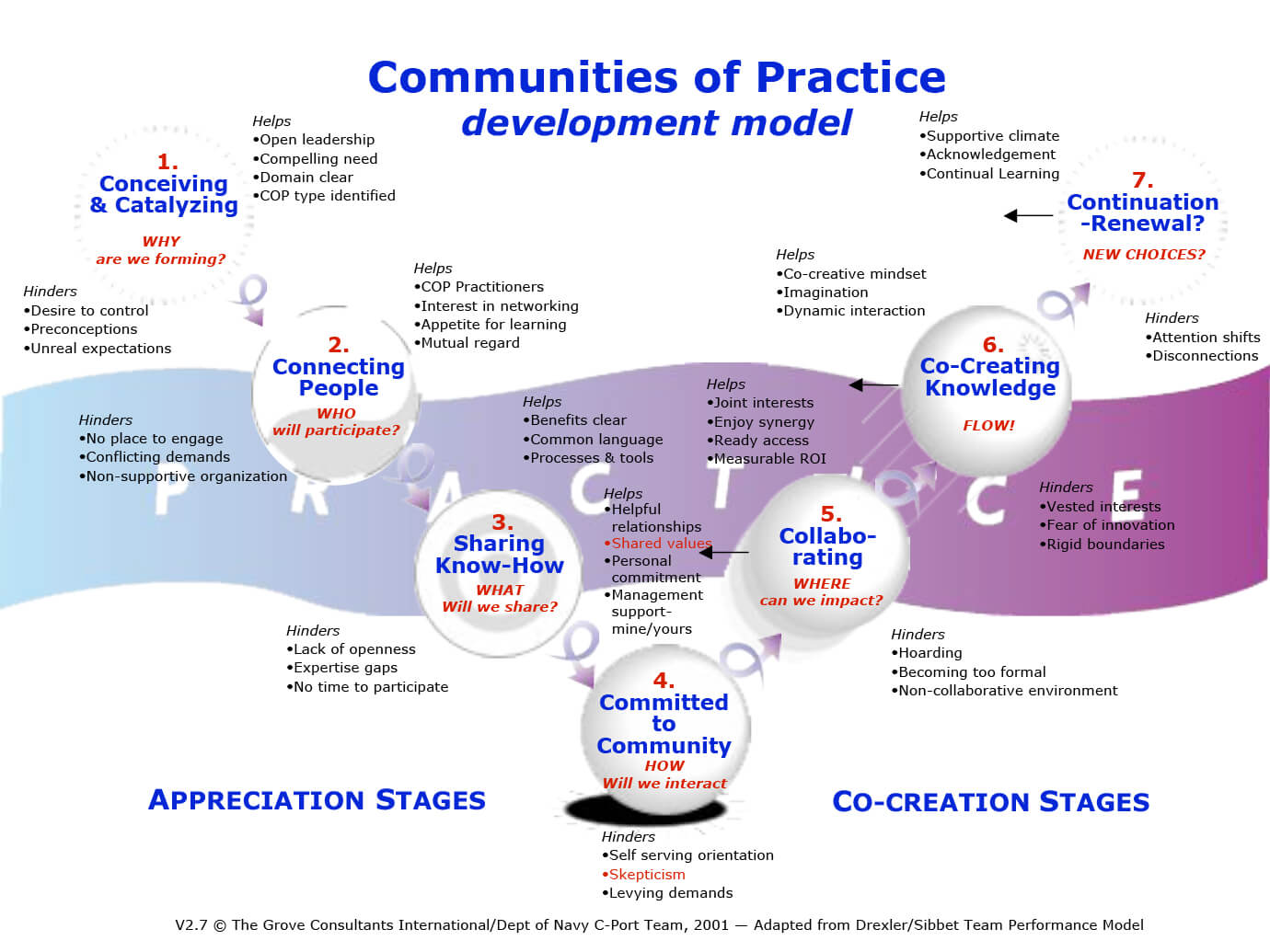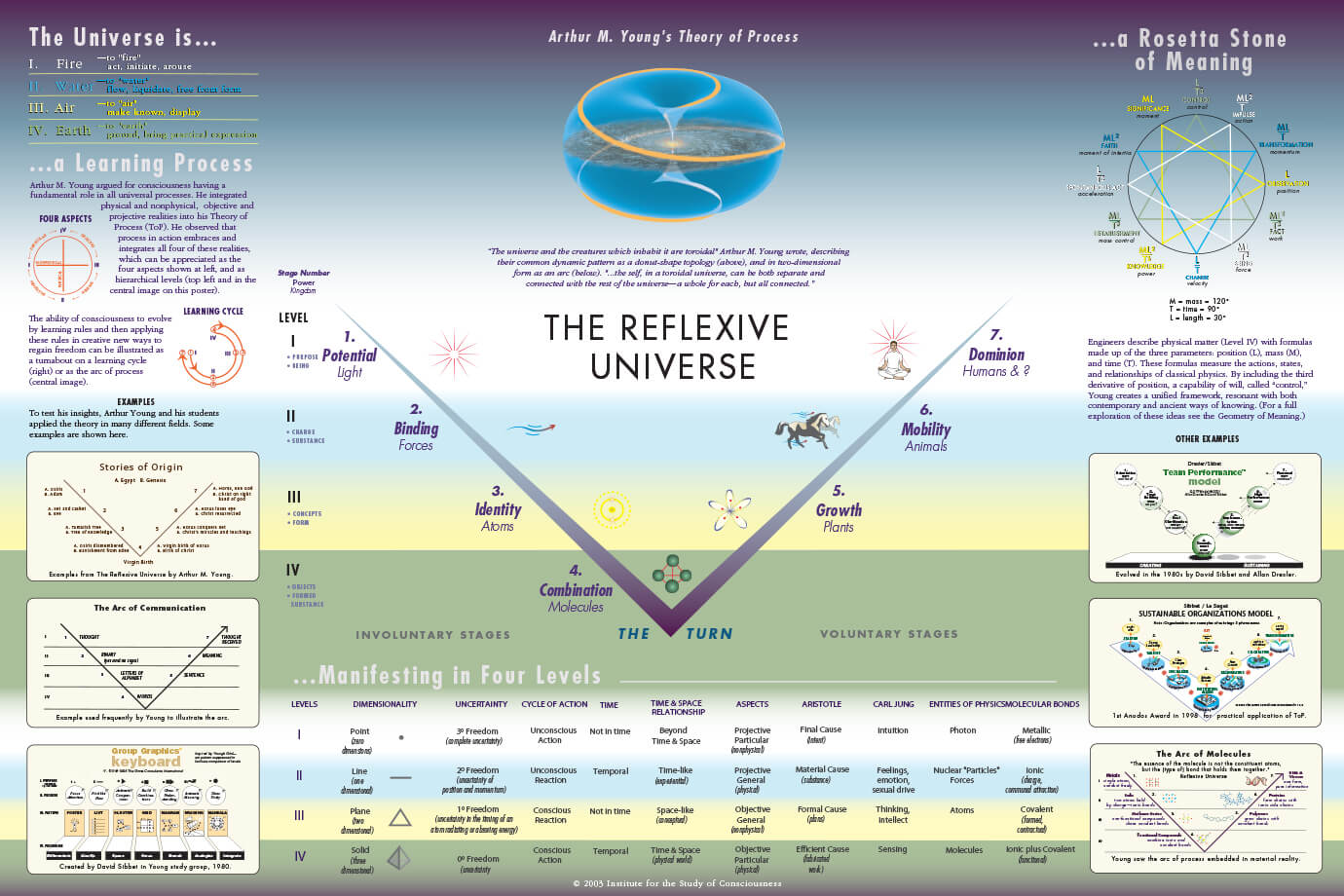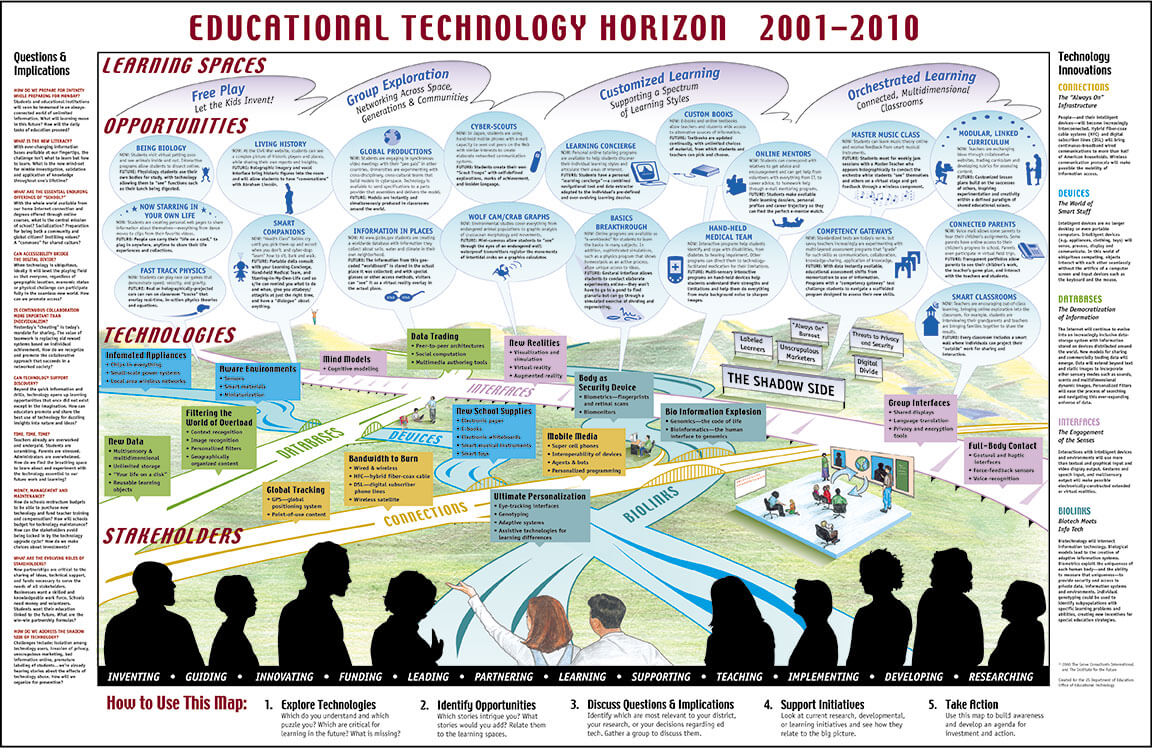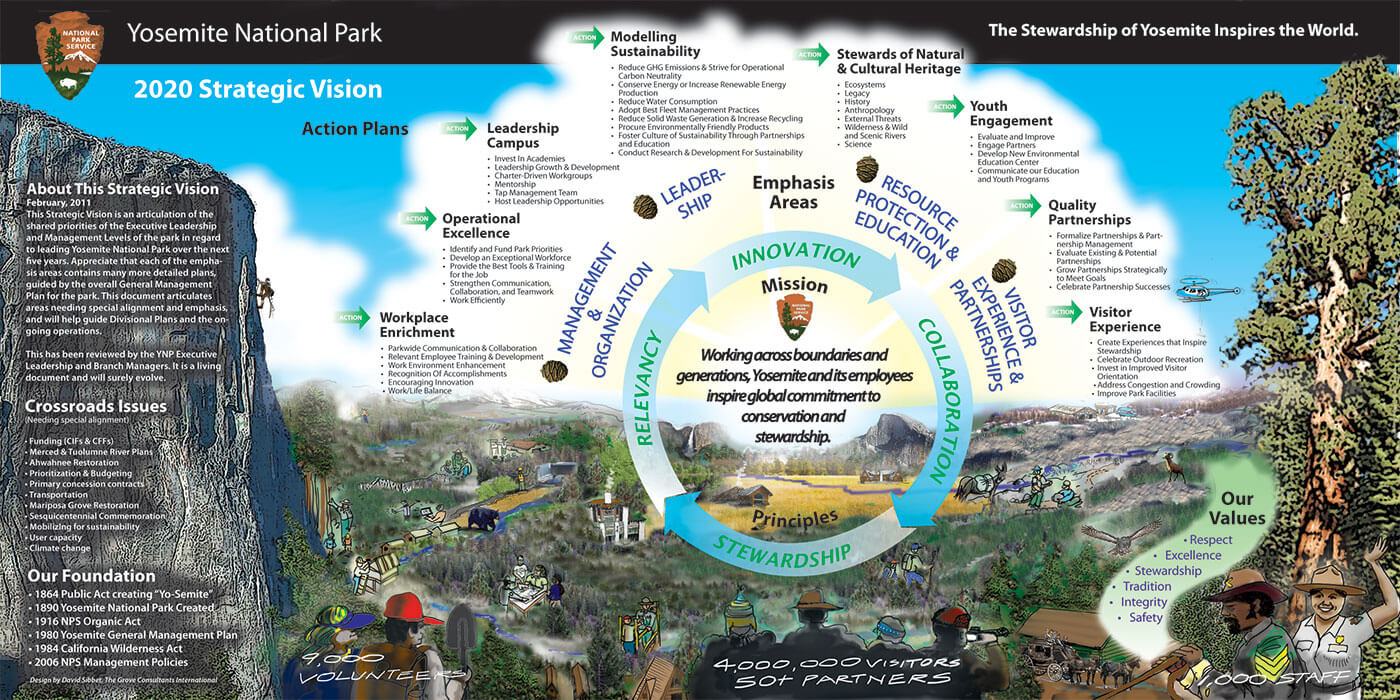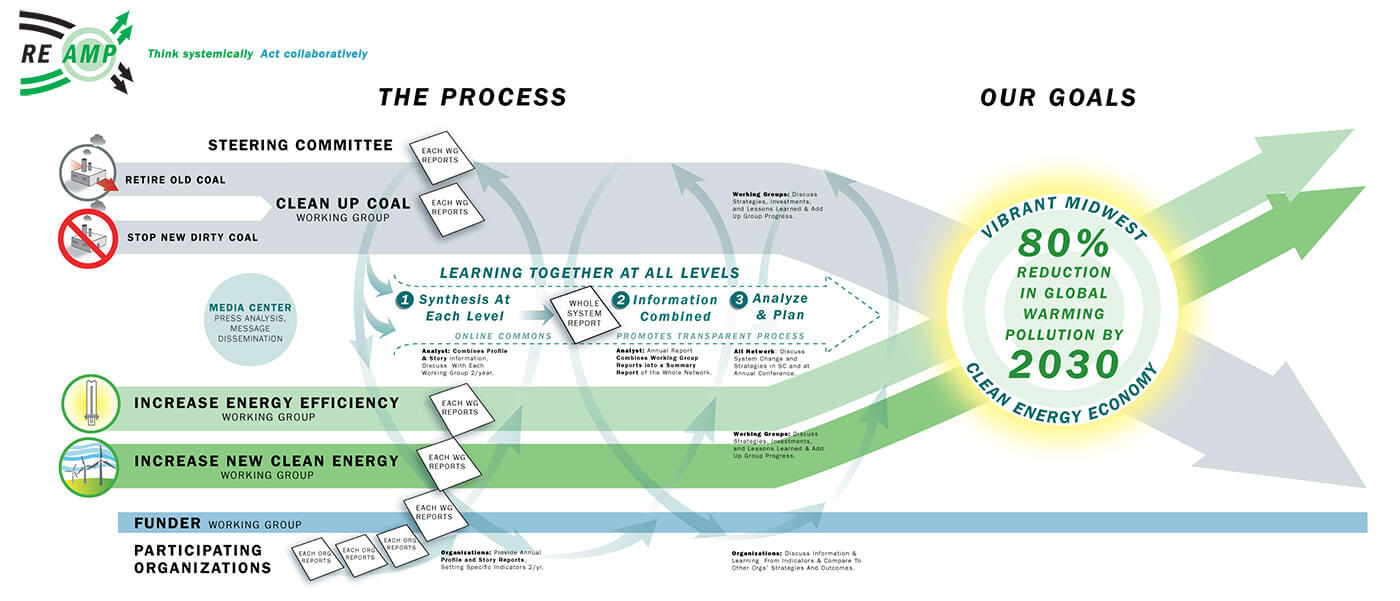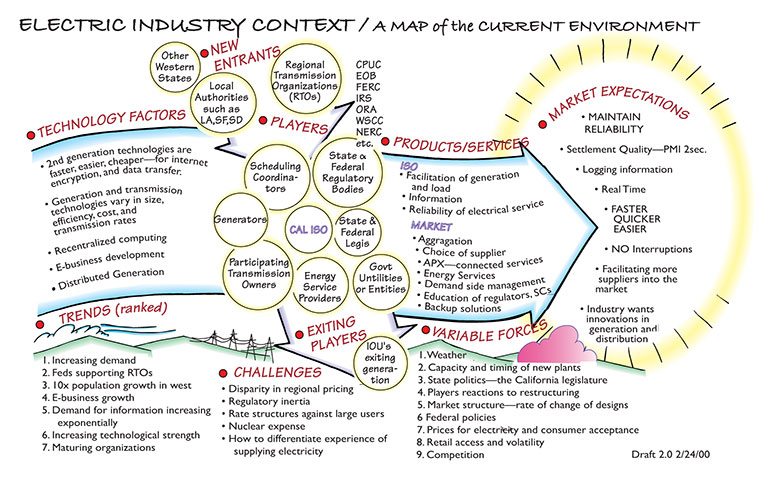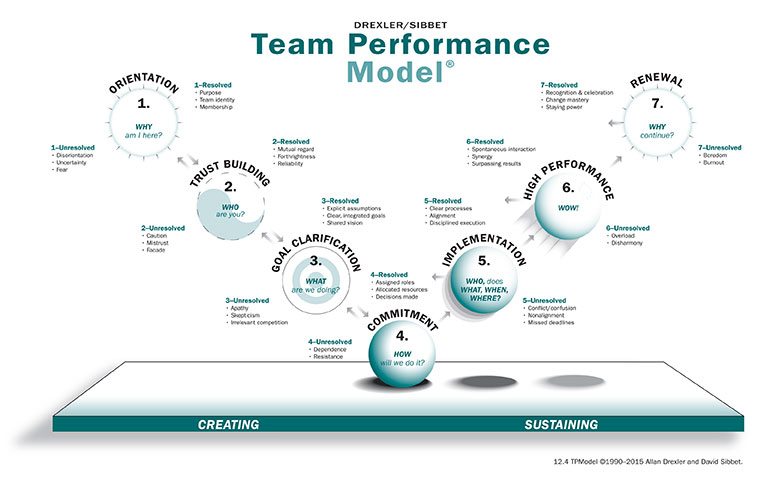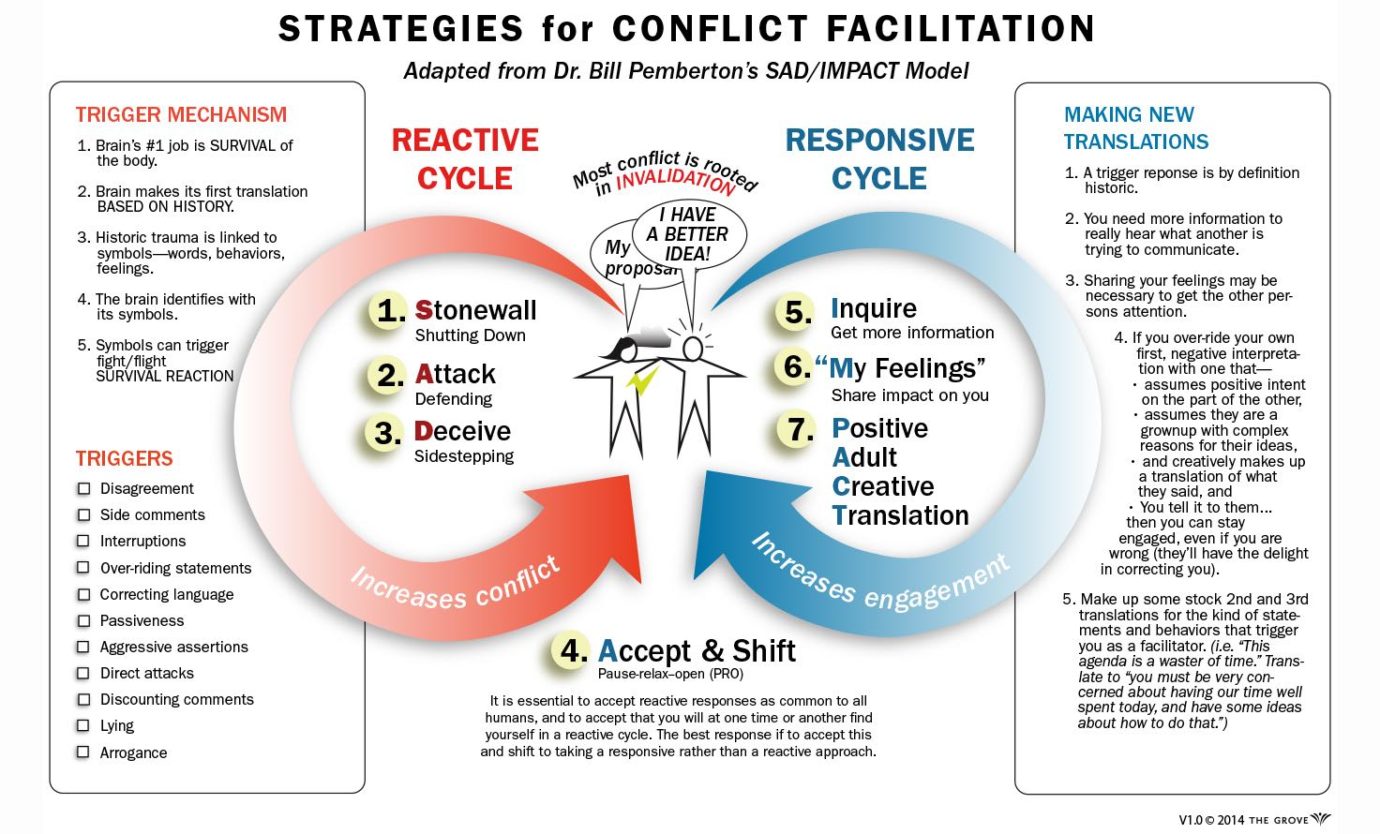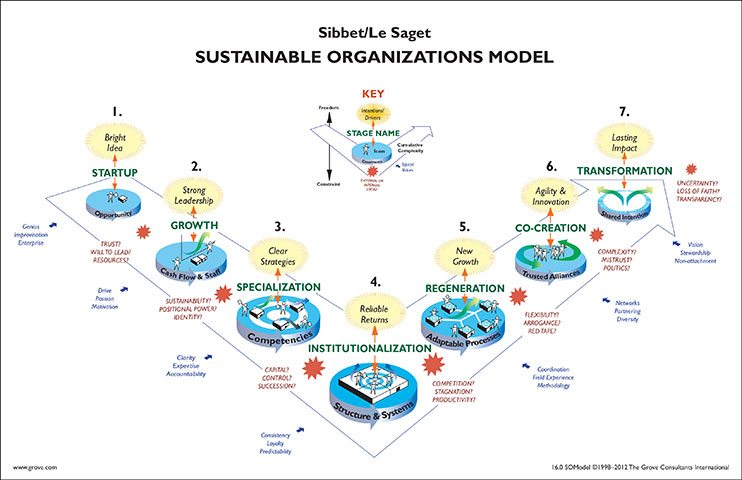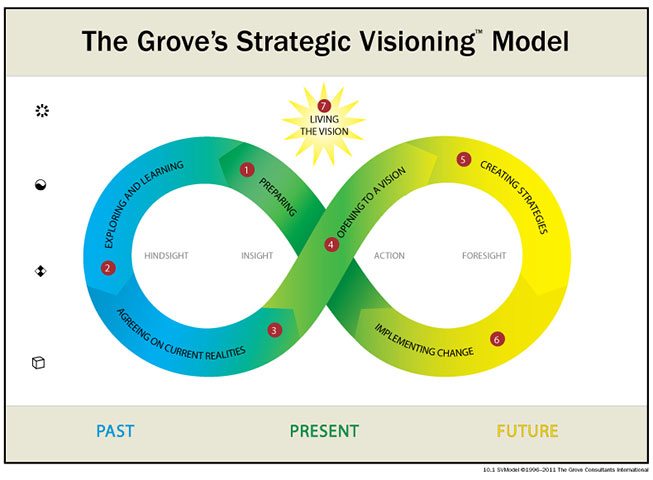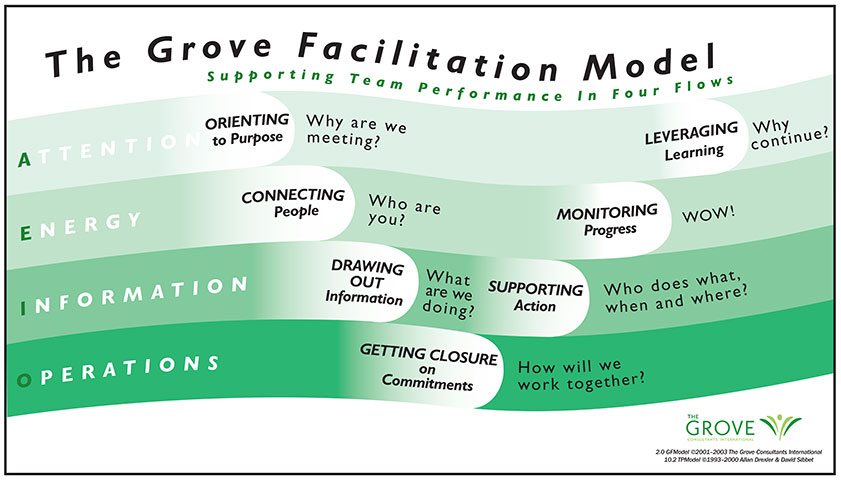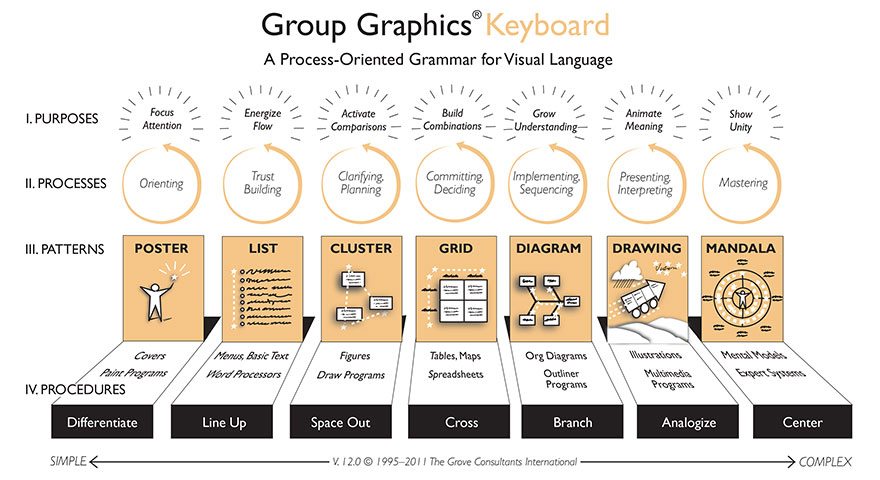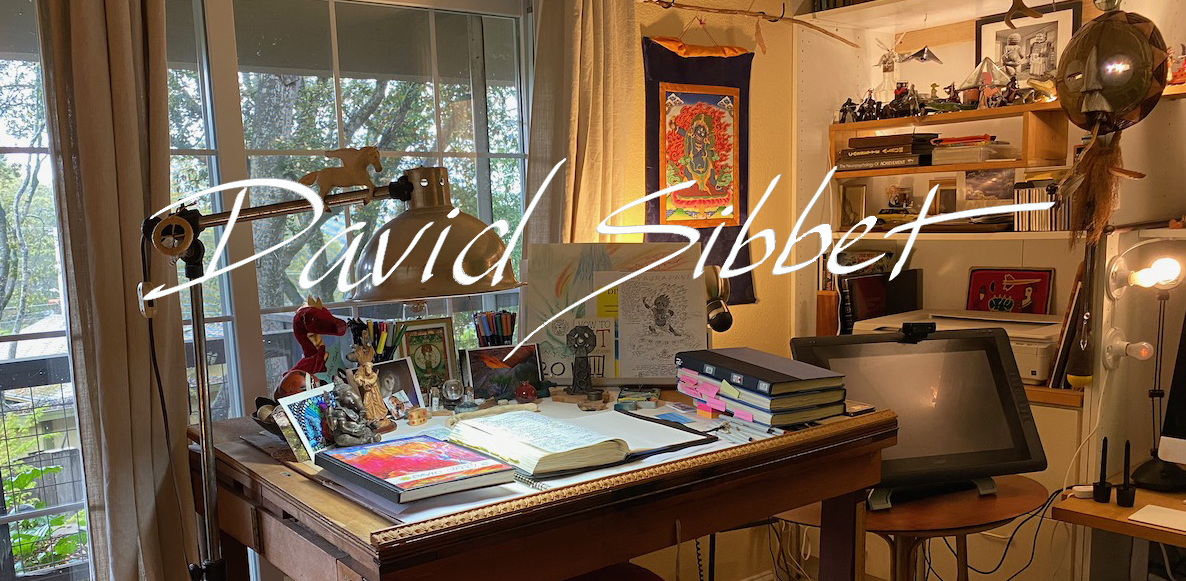
I, David Sibbet, am the founder of The Grove Consultants International and a pioneer in the field of visual, organizational consulting. As a lifelong facilitator and OD consultant, I’ve also focused on sharing my learning through books on visual meetings, teams, leadership, and change, all of which emerged from extensive collaboration with colleagues and clients. I am passionate about evolving cultures of collaboration that can meet the challenges of our times.
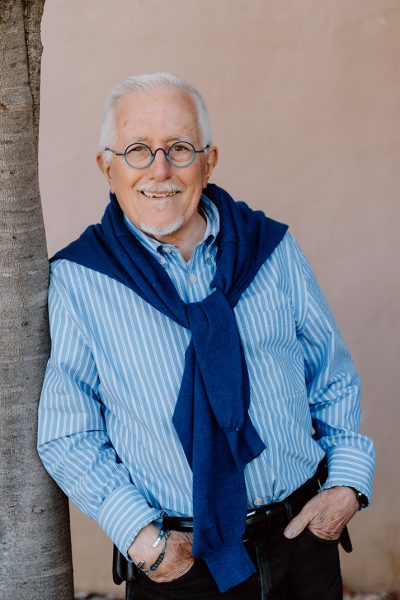
After 52 years leading every imaginable kind of meeting in person and on-line, I am now focussed on supporting thought leaders in more intimate visioning work, and sharing my learning in writing and various online media. I’m also doing business development for the Grove team under the leadership of Gisela Wendling, Ph.D., my long-time colleague and wife.
I am very responsive to people who reach out—especially transformationally oriented leaders interested in realizing their visionary ideas and practitioners who would find my mentoring support helpful.
My long experience leaves me deeply understanding how to design group process and experiential learning environments. I am a very proficient information designer, blending text, graphics, and video in compelling formats. Going forward I will be working in various mediums to share Grove learning and support people and organizations meeting the challenges of these times.
This image was taken at our recent Designing and Leading Change Workshop.
If you re interested in having me support your work or having me present to your group or organization please fill out our the contact form on this website. You can also always reach me through thegrove.com.
Soar Anyway
This is a story reflecting on humility, elevation, and active imagination. It started in Eckernförde, Germany, a fishing port and resort town on the Baltic Sea almost in Denmark. Its name means “squirrel” the name of an old fort there, and low German for fjord....
29 August, 2025Introduction to The Seven Transformations of Organizations
by David Sibbet This fall I am steering my creative ship into a new online short-lab series called Exploring Organizational Transformation and a new book called The Seven Transformations of Organization. These will provide a channel for sharing how all my thinking and experience has...
21 June, 2025


